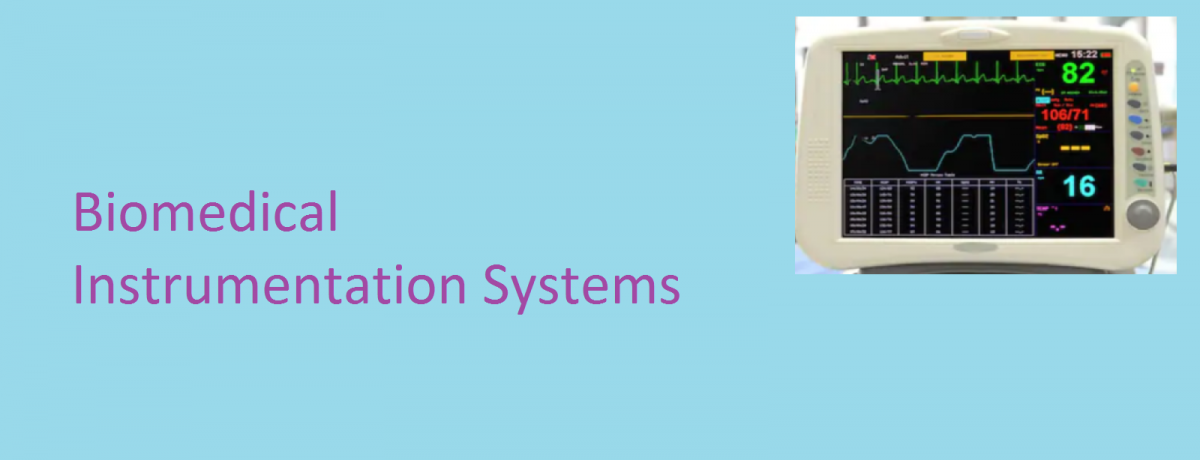Modern diagnostic and monitoring ECG acquisition and analysis systems are equipped with modern-day computer technology. ECG monitoring devices constitute an important part of the patient monitoring systems. Patient monitoring systems are used to continuously or intermittently measure the vital signs (ECG, heart rate, pulse rate, blood pressure and temperature) and perform automatic analysis on them.
Computer-based bedside monitors perform ECG analysis and generate alarms if life-threatening arrhythmias occur. The ECG monitoring systems can be networked to share common computing and analysis resources. Presently, telecommunication technologies are employed in transmitting ECG signals back and forth between computing facilities.

Computer-based heart beat detection constitutes an integral part of computer-based cardiac monitoring systems. The morphologic and rhythmic character of the ECG signal can be interpreted from its patterns, which normally have periodic waveforms such as PQRSTU-waves. Rhythmical patterns deviating from normal ECG (cardiac arrhythmias) have correlation with heart injuries or its malfunction in pumping the blood such as premature beats, flutter and fibrillation patterns.
Related: The Instrumentation for Recording ECG Signals
The accurate determination of the QRS complex and in particular, reliable detection of the R-wave peak plays an important role in computer-based ECG signal analysis, Holter data analysis and robust calculation of beat-to-beat heart rate variability. Fluctuations in the ECG signal baseline drift, motion artifact due to electrode movement and electromyographic (EMG) interference due to muscular activity often contaminate the ECG signal. Additionally, morphological variations in the ECG waveform and the high degree of heterogeneity in the QRS complexes make it difficult to distinguish them from tall peaked P and T waves. Several methods have therefore been developed to improve the performance of QRS detection algorithms. These techniques are mainly based on band pass filtering, differentiation techniques, template matching, etc. For example it has been shown that the first differential of the ECG signal and its Hilbert Transform can be employed to effectively distinguish the R-waves from large, peaked T and P waves with a high degree of accuracy. While this technique provides excellent R peak detection performance, it lacks automatic missing-R-peak correction capability. Manual correction of missing R peaks in the ECG signal is time consuming and tedious.
Also Read: Commonly used EEG Electrodes

